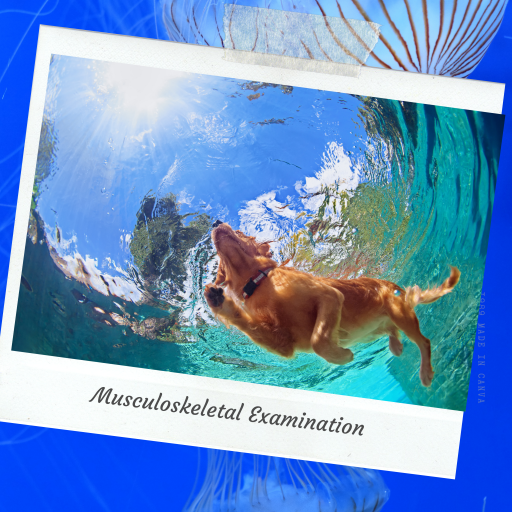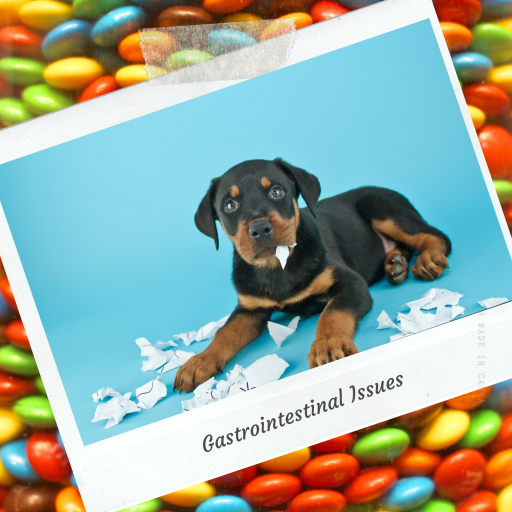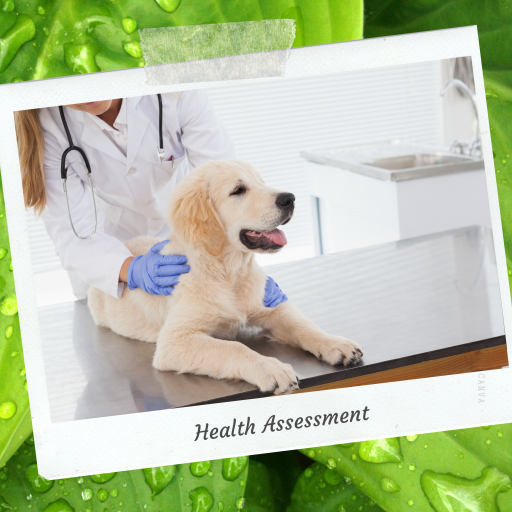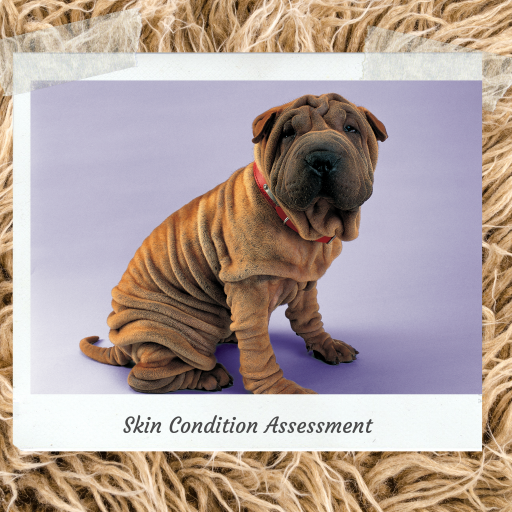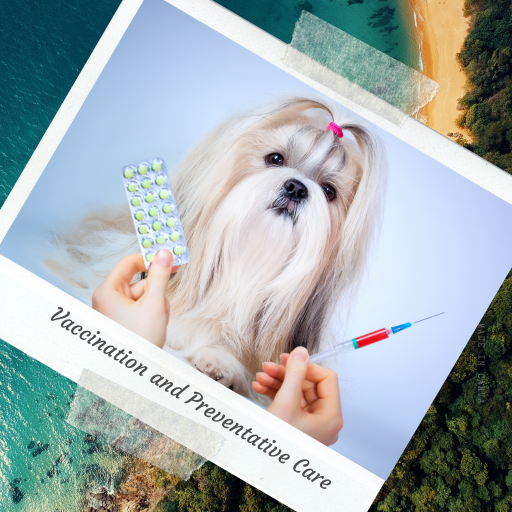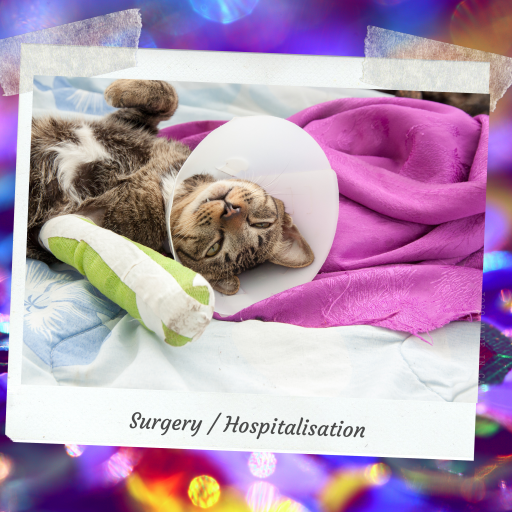
Ear Assessment
Ear problems are common for companion animals. The ear is made up of external and internal structures. There are several diseases that can occur in these structures. One of the most common conditions seen is external ear infection (Otitis Externa).
A common misconception is that an infected ear can be wiped and cleaned externally. Some may mistakenly think that discharge from an infected ear is just dirt stuck to the ear surface. However, the infection stems from deeper in the ear canal near the ear drum for an external ear infection. An external ear infection can progress to an inner ear infection (Otitis Interna). An inner or deeper infection may have no discharge associated with it.
- Head shaking
- Scratching ears, head, cheek
- Brighter pink or red looking inside ears
- Discharge usually dark brownish (like dirt) or yellowish from the ear canal
- Smelly ears
- Small bumps or rough texture on the lower surface of the ear extending from the canal entrance
- Other pet(s) may be particularly interested in licking ears
- Aural haematoma (fluid filled area on external ear generally required surgery for correction)
- Seems deaf
- Head tilt (deeper ear structures affected. Note this may be a sign of other neurological disease)
- Allergies
- Parasites
- Immune mediated disease
- Systemic disease
- Moisture
- Overproduction of wax conformation of the ear
- Growths, or other diseases.
There are different types of organisms involved in ear infections, so it is important to sample and identify organisms present in order treat and monitor appropriately. It is important to recheck ears to ensure the infection has cleared. Often signs stop at the start of treatment but infection has not resolved.
For some pets, an ear infection may be a one-off event, for others they will be prone and may require long term management. Underlying conditions need to be treated/managed to reduce the likelihood of an ear infection recurring. Severity of infection or for owners having difficulty, additional treatments may be warranted such as a professional ear flush and removal of otoliths and debris under anaesthetic. Referral to a specialist veterinary dermatologist may be recommended or encouraged for further investigation and treatment particularly where deep inner ear infections/diseases are suspected.
Treatment is dependent on diagnosis. For external infections usually includes cleaning the ear out, topical/oral antimicrobials and anti-inflammatories to address the infection. As well as, ideally, further treatment/management of the underlying condition.
Our fur babies do much better with prompt treatment. When left untreated secondary changes occur causing the canal to scar and thicken permanently. In these cases, ear infections will be more frequent as the ear can no longer clear secretions effectively so is prone to build-up and moisture leading to further infections. In these cases, specialised surgery is often required to save pets from a lifetime of painful infected ears.

